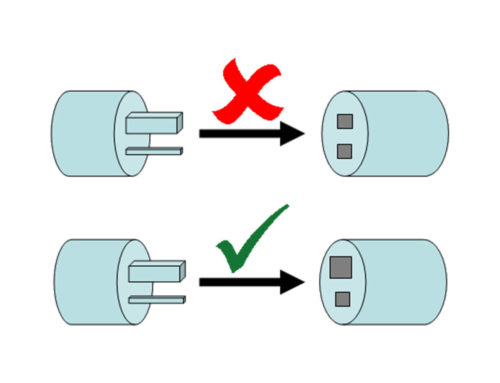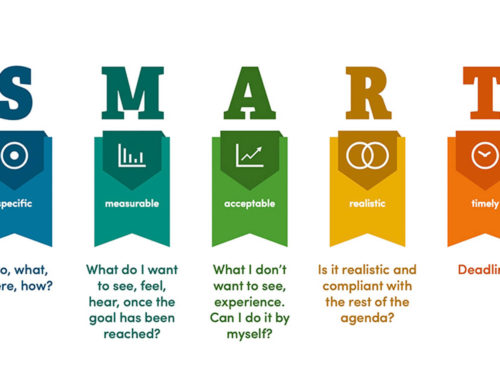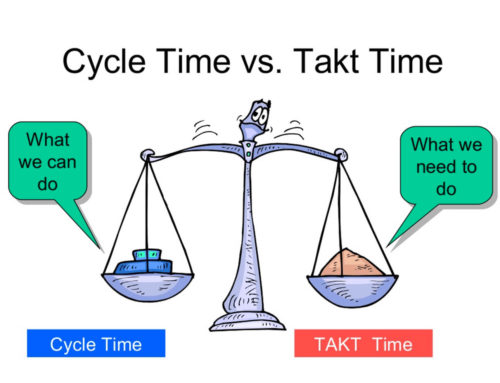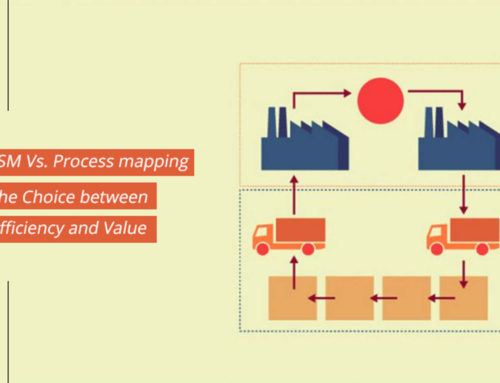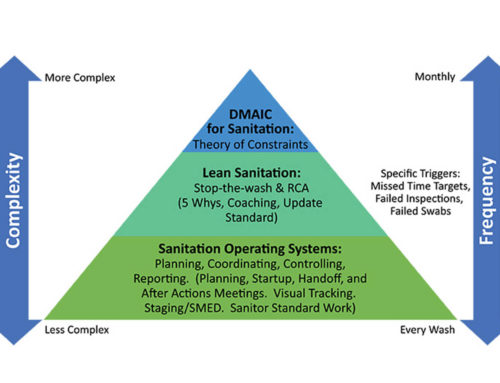Air filtration is the need of each factory, and when it comes to food processing, the airborne microorganism is a critical concern. The air handling systems in open plant applications and filters enable the passage of a large number of yeast and mold spores, bacteria, and particulates on an hourly basis and, if not appropriately filtered, can cause severe damage and become the root of product contamination.
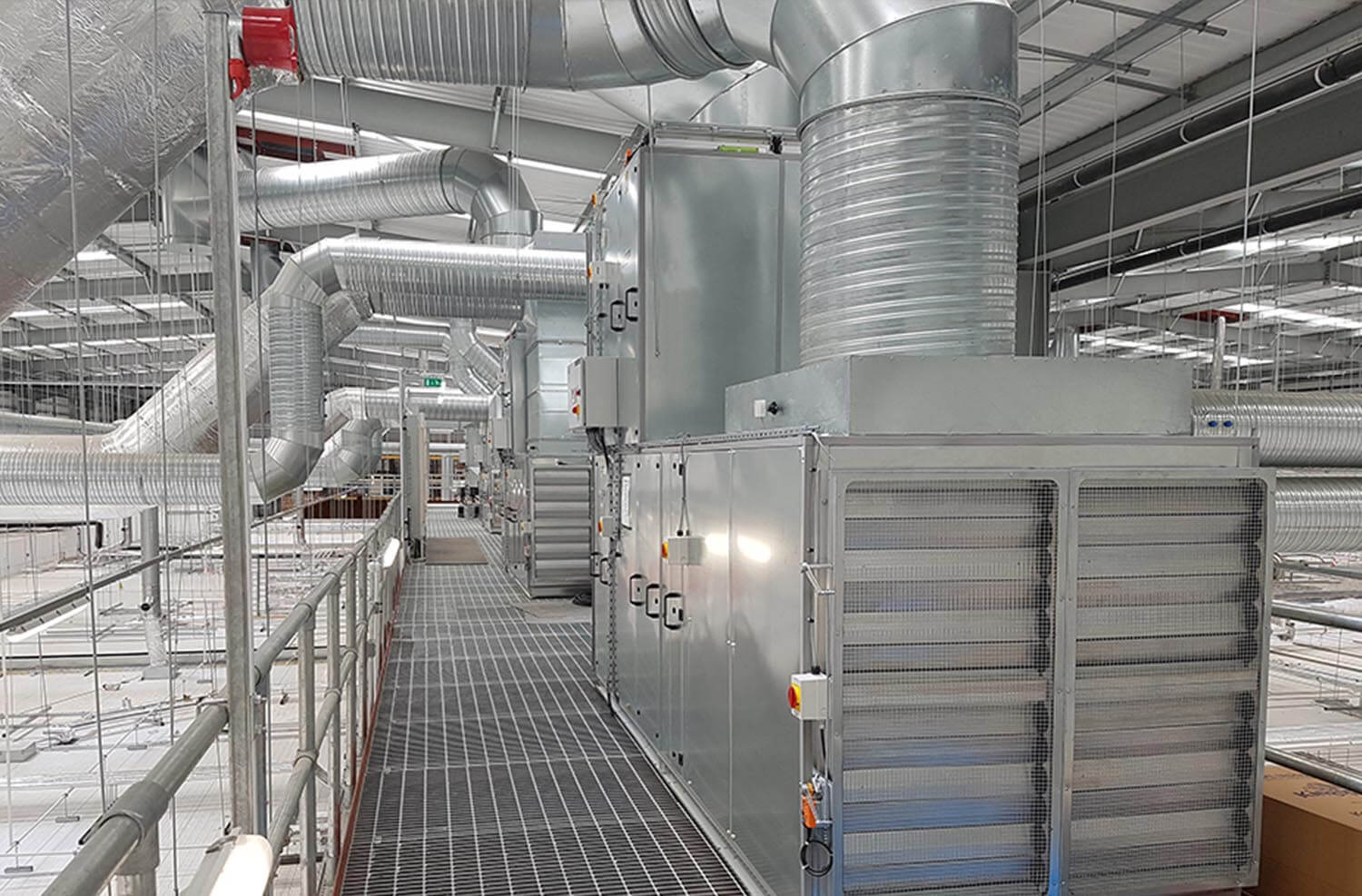 Hence to avoid food contamination and assure healthy food production, the removal of microorganisms and particulate matter like dust and dirt is very important.
Hence to avoid food contamination and assure healthy food production, the removal of microorganisms and particulate matter like dust and dirt is very important.
Now the question is: how can it be done? It can be done through air filtration. So, in this article, let us have a look at what air filtration is and how it works.
What is Air Filtration?
Air filtration is the most commonly used method for the removal of impure particles from the air. The particles removed via filtration channel easily percolate of its flexibility. The channel/filter media traps and sifts through airborne particles before the air gets sent through the conduit framework in the food facility and environment.
This process is generally done to remove the harmful particles from the air that are toxic to human health if inhaled. Those particles can be anything, such as pollens, grains, dust particles, and germs, etc. The process of air filtration is carried out in both chemical and physical methods by using catalysts, charcoal, ionizers, and absorbers. These substances help to purify the air and are odor-free.The channel traps and sifts through airborne particles before the air gets sent through the conduit framework in the food facility and environment.
General Types of air filters:
There are two types of filters mainly
- Fibrous filters.
- Fabric filters.
Both of the filters are mainly used to control the airborne particles. The fabric filters are made of woven material that collects the particles at their surfaces. These filters are hung in the form of large bags in larger residences.
On the contrary, the fibrous filters are made up of individual fibers that are arranged randomly in two -dimensional form, parallel to the screen for the flowing of air. In this filter, particles are collected at the bottom instead of the surface. Such type of filters is mainly used in working places application.
The range of the filter is very vast. Their diameters are spread from 1μm to several hundred micrometers. The fibers used in the filters are made of different materials that include fiberglass and different polymers.
How does Air Filtration work?
The air filtration runs on four principles in general.
Sieving Principle:
Many filters use the principle of sieving. In these type of filters, particles or airborne microbes gets trap into the screen (sieve) due to the larger size than the sieve fibers. This is how filtration occurs.
Interception principle:
In this type of filtration, the integral concept is the force of attraction between the particles. The larger filter media fibers attract the small particulate matter. As soon as the particles intercept, they remain trapped in the fibers, hence filtration occurs.
Inertial principle:
For the particles having mass coming with the air stream, inertial Impact filters are used. In this filtration, the particles arrive at a high velocity and collision occurs between the particle and media fiber. Due to its mass, it doesn’t deflect with the airflow.
Electrostatic attraction:
The electrostatic attraction is suitable for all types of particles. The primary use of the electrostatic attraction is when the fiber is made up of the synthetic polymer. It is attached to it and enhances the charge capturing property because it already carries an opposite sign. By the introduction of a weak dipole force, the particles are attracted to it when the particle is drawn by the electrostatic attraction, its diameter increases.
What are the options for the food and beverage industry?
When it comes to the food and beverage industry, in particular, the air filtration procedure should offer the following:
- The filters themselves should not be a source of contamination. Cleanliness is a must.
- The filters in the system should be moisture resistant.
- The fibers of the filters should not shed, as they become contaminators in that case.
- The filters should be durable and strengthened by built. It is essential because it will enable it to sustain the stress of mechanical operations.
- The filters should also be airtight and don’t leak.
The food industry, consumer protection and significance of filtration
For the food industry holistically, the biggest prevailing concern right now is consumer protection. With focuses shifting to the debates of safety and health, the industry is continuously updating and upgrading.
If we speak mainly on the need for it, it is simple: food contamination can adversely affect human health and will plague consumer confidence too. It can damage the branding and customer loyalty.
Hence, to avoid the situation, companies, mainly the food and beverage industry is more focused on custom-designed air filters so that a safe and sterile environment can be maintained. A clean environment during food processing will not only assure health but will also increase the shelf-life of products.


